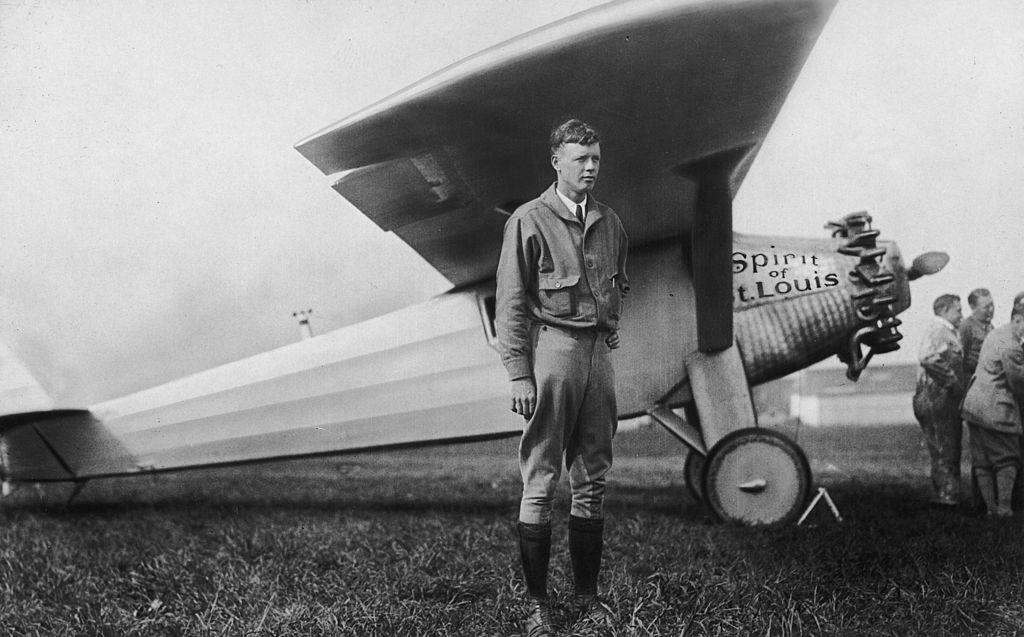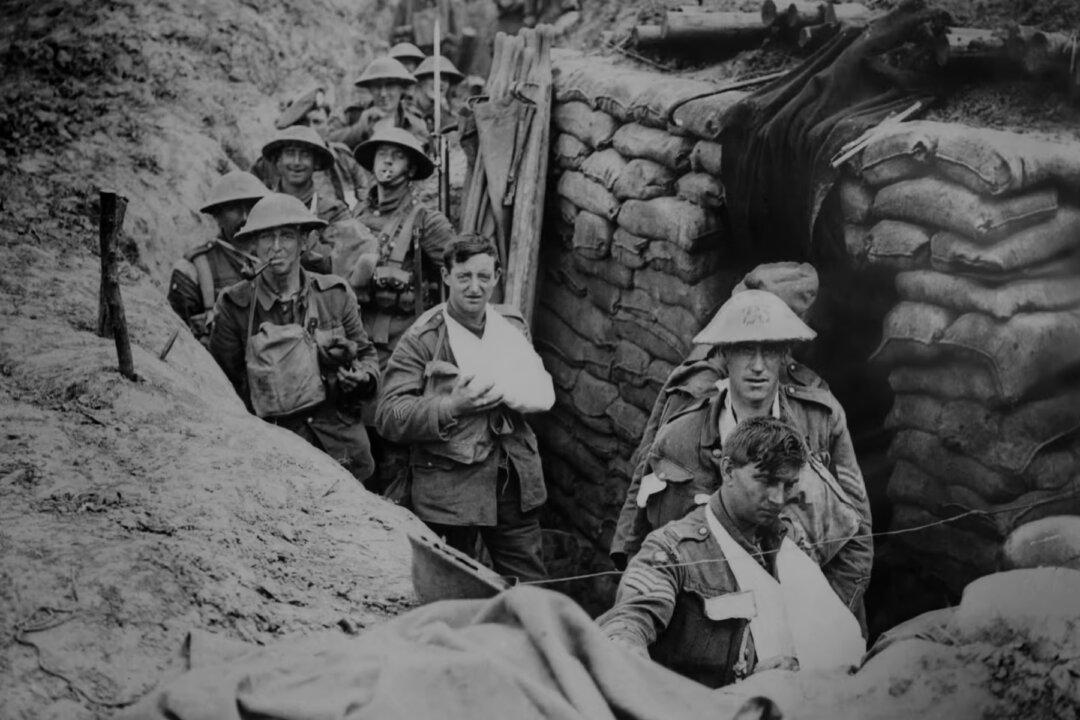Welcome to the largest privately owned home in the United States.
The house is 175,000 square feet—that’s about four acres—and was once surrounded by 125,000 acres of land, reduced today to 8,000 acres. Inside what the owner once called his “little mountain escape” are 250 rooms, including 33 bedrooms, 65 fireplaces, 43 bathrooms, a library that leaves bibliophiles drooling, a bowling alley, a swimming pool, secret passageways and concealed doors, various sitting rooms, servants’ quarters, three kitchens, an enormous dining hall sporting a 70-foot high ceiling and a pipe organ, and the winter garden, a palatial hothouse for various flowers and plants.






